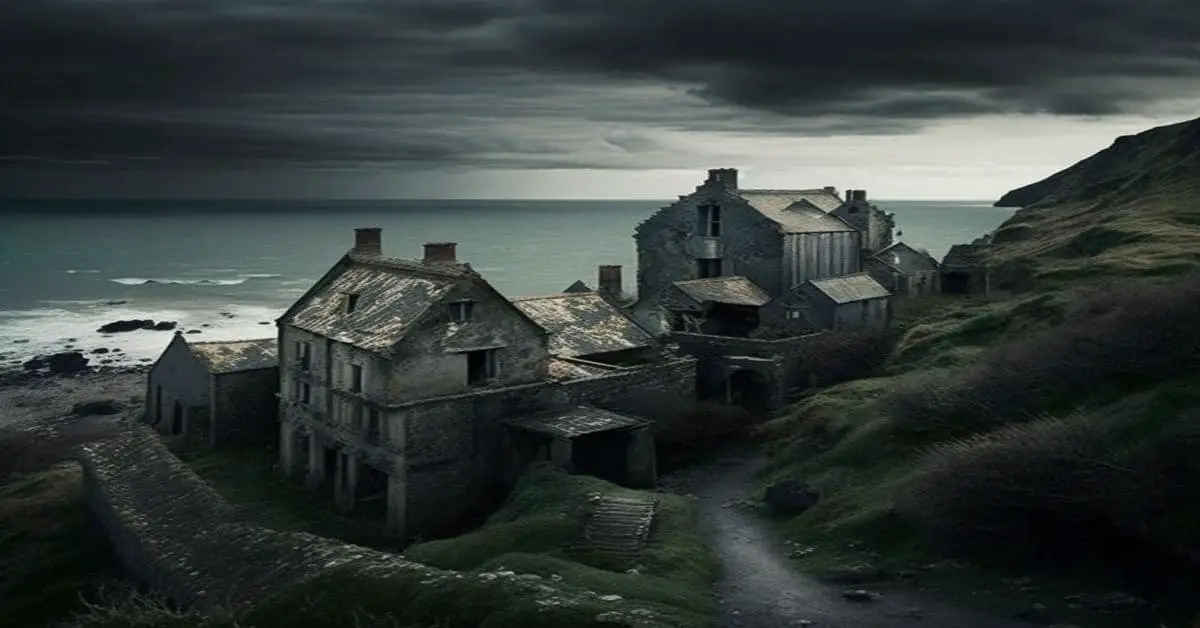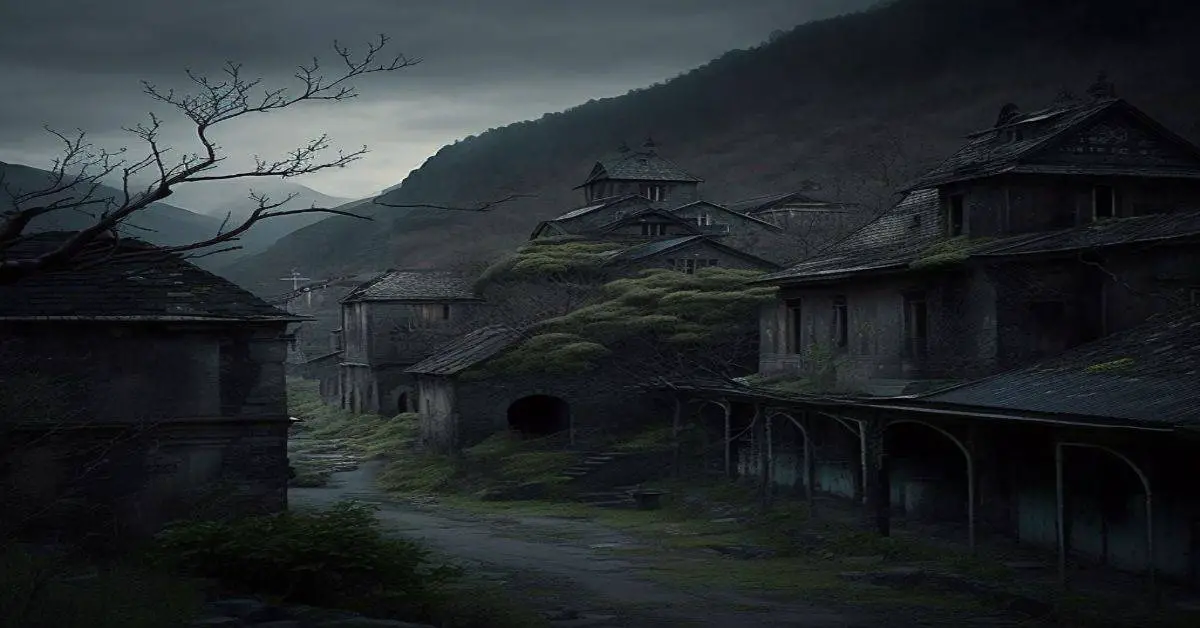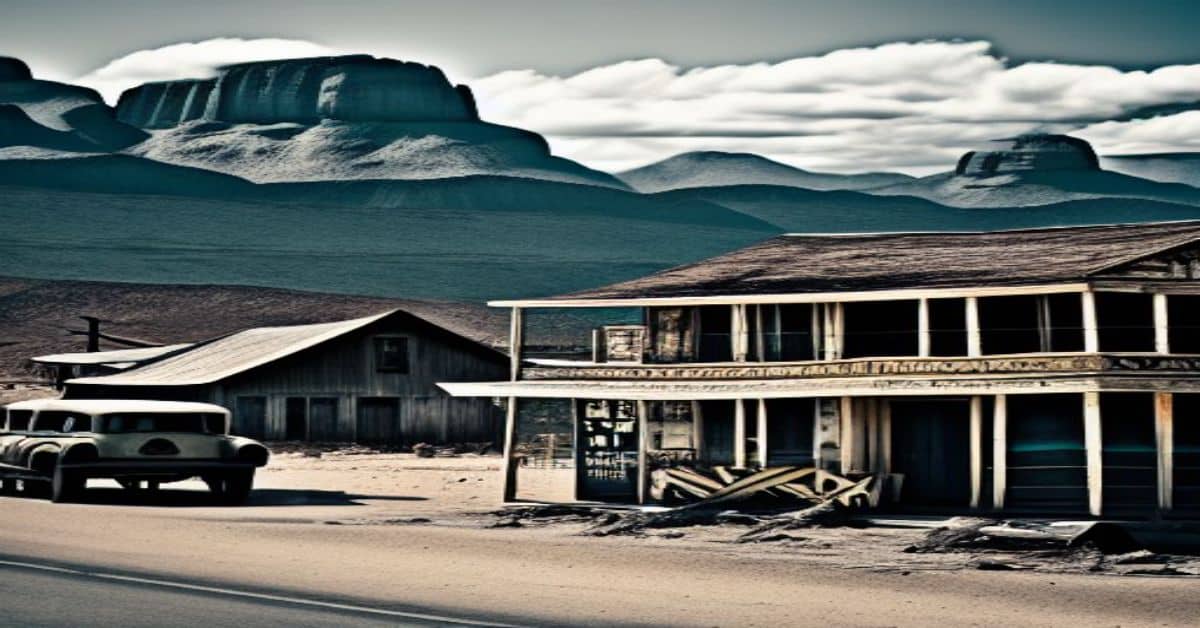Yeso, a semi-ghost town located in New Mexico, is a testament to the town’s fascinating history as a trading center for ranchers and farmers when the ATSF RR came to the area in 1906. Despite the land not being suitable for farming, the town continued to thrive until many of the original settlers moved away.
Today, Yeso is a remnant of a bygone era, with a few residents and a working post office, making it a fascinating destination for those interested in discovering the remnants of its past.
Located in the heart of New Mexico’s rural landscape, Yeso’s history reflects the state’s rich cultural heritage. The town’s unique blend of Native American, Spanish, and Anglo-American influences has contributed to its character and charm.
With its well-preserved buildings and historical landmarks, Yeso offers visitors a glimpse into the past and a chance to explore the town’s intriguing history.
In this article, we will delve into the history and description of Yeso, uncovering the secrets of this semi-ghost town and its role in shaping New Mexico’s cultural identity.
Key Takeaways
- Yeso was once a thriving trading center for ranchers and farmers, but the decline of natural resources and original settlers caused a decrease in the town’s population.
- Despite facing economic challenges due to the area’s decline in ranching, Yeso’s residents have maintained their traditional way of life and close-knit community.
- Yeso’s history reflects a unique blend of Native American, Spanish, and Anglo-American influences, with the arrival of the ATSF RR significantly impacting the town’s growth and development.
- Yeso’s semi-ghost status makes it an intriguing destination for those interested in history and the West, offering a chance to explore the town’s intriguing history and a glimpse into a bygone era.
Location and History
Yeso, a semi-ghost town located in New Mexico between Ft. Sumner and Vaughn along Highway 60, was established in 1906 as a trading center for ranchers and farmers when the ATSF RR came to the area. The arrival of the ATSF RR significantly impacted the town’s growth and development.
Yeso became a hub of commerce, where merchants and traders could sell their goods to the ranchers and farmers in the surrounding countryside. The post office in Yeso was established in 1909, and it continues to operate to this day, making it one of the few remaining features of the town’s past.
Interestingly, the town’s name was spelled Yesso during 1912-1913 for unknown reasons. It is unclear why this change was made, but it is speculated that it may have been due to a transcription error or a miscommunication among the town’s residents. Regardless of the reason, the town’s name eventually reverted to Yeso, and it has remained that way ever since.
Today, Yeso is a semi-ghost town that is home to only a few residents, but it still holds a place in New Mexico’s history as a testament to the impact of the railway on the region’s development.
Description and Attractions
The remaining buildings in the area are limited, with only a few structures and rubble left in the town. Despite this, Yeso still draws visitors who are intrigued by its ghost town status and the unique opportunities it offers for exploring ruins and engaging in ghost town photography.
The town’s name, which means gypsum in Spanish, reflects the natural resources once available in the region but have since been depleted. Yeso’s semi-ghost status makes it an interesting destination for those interested in history and the West.
The town’s few residents and working post office add to its charm, making it a unique stop for travelers. Exploring the ruins and taking photographs of the remaining structures provide an opportunity to learn about the area’s past and the people who once lived there.
Overall, Yeso offers a glimpse into a bygone era and a chance to experience a piece of New Mexico’s rich cultural heritage.
Resident and Community Life
Residents of this small New Mexican settlement lead a simple lifestyle, focusing on sheepherding and grazing due to the unsuitable farming land. Yeso is a closely-knit community, where neighbors look out for each other, and local traditions are passed down from generation to generation. The town’s economy revolves around ranching, with sheep and cattle being the primary livestock.
The residents of Yeso have maintained their traditional way of life despite economic challenges and the decline of the town’s population. Despite being a semi-ghost town, Yeso still has a few residents who have chosen to remain there. These residents have formed a close-knit community that is centered around their traditional way of life.
The town’s post office has also helped keep the community together, as it is one of the few services still available in the area. However, the town faces economic challenges due to the decline of ranching in the area. Many of the original settlers moved away when it became clear that the land was not suitable for farming, and this has had a lasting impact on the town’s economy.
Despite these challenges, the residents of Yeso remain committed to their way of life and are working hard to preserve their town’s unique heritage.
Frequently Asked Questions
What caused the decline of Yeso as a bustling trading center for ranchers and farmers?
The decline of Yeso as a bustling trading center for ranchers and farmers was likely caused by the unsuitable land for farming, leading many settlers to move away. Other factors may include drought and railroad bypass. Folklore and legends include a haunted hotel and buried treasure.
Are there any legends or folklore associated with the town of Yeso?
No folklore or legends have been recorded about Yeso. The town’s cultural significance lies in its history as a trading center for ranchers and farmers. Yeso has no mythology or other cultural stories associated with it.
What is the current population of Yeso and how has it changed over time?
Population trends in Yeso have declined since the town’s establishment in 1906. Demographic analysis shows that many original settlers left due to poor farming conditions. Currently, the town has only a few residents.
Has there been any recent development or preservation efforts in Yeso?
There have been no recent developments or preservation efforts in Yeso, a semi-ghost town in New Mexico. The town remains mostly abandoned, with only a few residents and a working post office.
What are the transportation options for visiting Yeso and are there any nearby attractions worth checking out?
Yeso can be accessed by car via Highway 60. No buses run to the town. Nearby attractions include the Billy the Kid Museum in Fort Sumner and the White Oaks Ghost Town.


